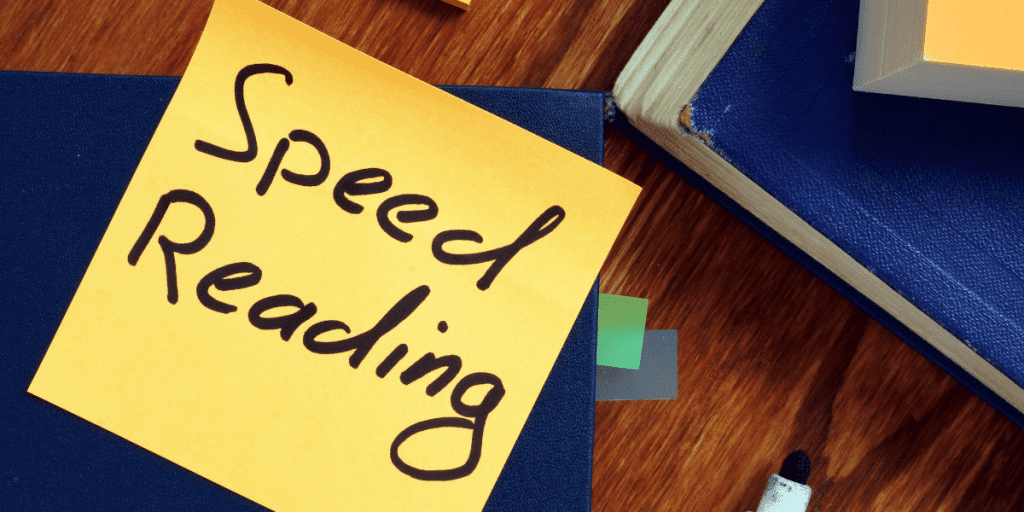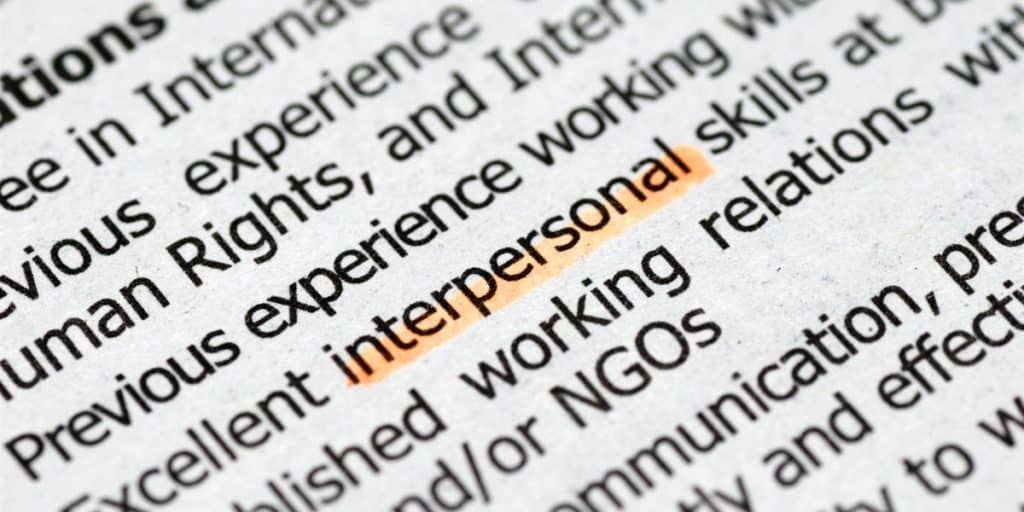In our fast-paced world, the ability to quickly process and comprehend information is invaluable. Reading speed is a critical skill in this information-rich age, where knowledge is not only power but also a competitive advantage. The ability to read rapidly without sacrificing comprehension can save valuable time and enable individuals to stay ahead in various aspects of their professional and personal lives.
Professionals, students, and lifelong learners alike are often inundated with vast amounts of reading materials, from emails and reports to articles and books. Those who can read quickly are better equipped to handle this deluge of data, making prompt and informed decisions. Furthermore, enhancing one’s reading speed can reduce stress and free up time for other pursuits, leading to a more balanced and fulfilling life.
The necessity of increasing reading speed has never been more apparent. With the constant stream of information that needs to be digested, the ability to read faster is not just a luxury—it’s a must for anyone aiming to thrive in today’s knowledge-based economy. However, to truly reap the benefits, it’s essential to understand what speed reading entails and how it can be mastered.
What is Speed Reading?
Speed reading is a collection of reading methods aimed at significantly increasing the rate at which a person reads while also maintaining, or even improving, comprehension and retention. The concept of speed reading is not new; it has been around since the mid-20th century and has evolved with our understanding of the human brain and cognition.
Traditional reading involves reading words one by one, often subvocalizing them, which can limit the speed of the rate of speech. Speed reading, on the other hand, teaches techniques that minimize subvocalization and allow the eyes to move more efficiently across the page. Through practice, readers can double or even triple their reading speed, enabling them to consume large quantities of text in a fraction of the time it would take at normal reading rates.
The essence of reading fast lies in its focus on optimizing the reading process. This includes enhancing eye movement, reducing unnecessary re-reading, and improving the brain’s capacity to recognize and process information rapidly. As individuals become adept at these techniques, they find that reading faster becomes second nature, allowing them to absorb information as quickly as they can scan the text.
Benefits of Speed Reading
The advantages of speed reading extend far beyond simply getting through a book or article faster. One of the main benefits is the significant time savings. For avid readers and professionals required to digest large volumes of text, speed reading can free up hours each week. This saved time can be redirected towards other important tasks or leisure activities, contributing to a better work-life balance.
Another benefit lies in enhanced comprehension and retention. While it may seem counterintuitive, speed reading techniques encourage a more focused and active form of reading, which can lead to a better understanding of the material. By reducing subvocalization and regression, readers are less likely to get distracted and more likely to grasp the core concepts of the text.
Furthermore, speed reading can improve memory and cognitive function. The brain is a muscle that benefits from exercise, and speed reading provides a form of mental workout. It stimulates the brain, increasing its ability to make connections, remember details, and think critically. In essence, speed reading not only makes one a faster reader but also a sharper thinker.
Speed Reading Techniques
To become a proficient speed reader, one must master certain techniques that facilitate quicker reading without sacrificing understanding. These techniques are based on cognitive principles and eye movement patterns, and they can be tailored to suit individual learning styles and preferences.
The first technique involves expanding the peripheral vision to take in more words at a glance. Instead of focusing on each word, the reader learns to view blocks of text, which reduces the number of eye movements and increases reading speed. This requires practice and concentration, as the brain must adjust to processing multiple words simultaneously.
Another key technique is eliminating subvocalization. Many readers have a habit of “speaking” the words in their head as they read, which can slow them down considerably. By training oneself to recognize words without vocalizing them, reading speed can be significantly improved. This is often achieved through exercises that encourage visual recognition and comprehension without the need for auditory reinforcement.
Lastly, the technique of previewing text before reading it thoroughly can boost speed and comprehension. By scanning headings, subheadings, and introductory paragraphs, readers can create a mental framework for the content. This allows them to anticipate key points and better retain information as they read through the material at a faster pace.
Skimming and Scanning Techniques
Browsing and scanning are two fundamental techniques that can enhance reading speed by allowing individuals to quickly identify the main ideas and important details in a text. Skimming involves running the eyes over the text to get a general idea of the content without reading every word. It’s particularly useful for determining whether a document is relevant before committing to a thorough read.
On the other hand, scanning is a more targeted approach used to locate specific information within a text. It involves moving the eyes rapidly over the page until the desired piece of information is found. Both techniques can be combined with other speed reading strategies to cover more material in less time while still gaining an understanding of the text’s key points.
To effectively use skimming and scanning, readers need to develop the ability to identify and focus on words or phrases that are likely to be central to the text’s meaning. This often includes paying attention to headings, bolded or italicized terms, and topic sentences. By honing these skills, readers can quickly sort through large volumes of information and extract what is necessary without becoming bogged down by extraneous details.
Chunking and Grouping Techniques
Segmenting and grouping are speed reading techniques that involve breaking down the text into manageable units, allowing for faster processing and better retention. Chunking refers to the practice of reading groups of words together as a single unit, rather than individually. This reduces the number of eye movements and enables the reader to cover more ground with each glance.
Grouping, similar to chunking, involves taking in several words at a time but with a focus on understanding the relationship between those words. By recognizing patterns and structures in the text, such as phrases or clauses, the reader can more quickly grasp the meaning without needing to dissect each word.
Both of these techniques require practice, as they challenge the conventional word-by-word reading style that most people are accustomed to. Over time, however, chunking and grouping can lead to a significant increase in reading speed and comprehension, as the reader becomes adept at processing larger pieces of information in a single look.
Eye Exercises to Improve Reading Speed
The eyes are the primary tools for reading, and like any tool, they can be honed for better performance. Specific eye exercises can help improve reading speed by strengthening the muscles that control eye movement and enhancing the ability to focus. These exercises often involve tracking and coordination activities that encourage smoother and faster eye movements across the page.
One simple exercise is to trace Figure eight with the eyes, which helps to improve flexibility and control. Another involves holding a finger a few inches from the face and focusing on it while slowly moving it away, which strengthens the focusing ability. Additionally, practicing rapid shifting of the gaze from one point to another can enhance the speed at which the eyes move, reducing the time it takes to transition between lines and blocks of text.
Regular practice of these exercises can lead to improved reading speed as the eyes become more agile and efficient. It’s important to incorporate them into one’s daily routine to achieve the best results and to approach them with patience, as improvements in eye function may take time to manifest.
Speed Reading Apps and Tools
The digital age has brought with it a range of speed reading apps and tools designed to help individuals practice and improve their reading speed. These technologies often include exercises, games, and reading materials that are specifically tailored to speed reading techniques. They provide a convenient and interactive way to learn and apply these methods.
Many speed reading apps incorporate features such as rapid serial visual presentation (RSVP), which flashes words on the screen at a controlled speed to minimize eye movement and encourage quicker processing. Others offer customizable reading experiences, allowing users to adjust text size, speed, and complexity to match their skill level and progress.
These tools not only make practice more accessible and engaging, but they also often include tracking and analytics to help users monitor their improvement over time. By leveraging these modern resources, aspiring speed readers can accelerate their learning curve and integrate speed reading into their daily lives more seamlessly.
Tips for Maximizing Productivity with Speed Reading
Adopting speed reading techniques is just the first step; to truly maximize productivity, it’s important to integrate these methods into one’s daily routine strategically. Setting specific goals and dedicating time to practice are crucial for seeing consistent improvement. For instance, aiming to read a certain number of pages or for a set amount of time each day can create a structured approach to building speed reading skills.
Another tip is to prioritize reading materials. Not all content requires the same level of scrutiny, so knowing when to employ speed reading techniques can save time and effort. For example, skimming through emails or news articles might be appropriate, whereas more in-depth analysis might be necessary for complex reports or literature.
Additionally, creating the right environment for reading can enhance focus and minimize distractions. A quiet space with good lighting and a comfortable seating arrangement can make a significant difference in one’s ability to concentrate and read quickly. Being mindful of factors that can impede reading speed, such as fatigue or stress, is also important, as they can affect both the eyes and the mind.
Speed Reading Courses and Resources
For those seeking structured guidance on mastering reading, there are numerous courses and resources available. These range from online tutorials and webinars to in-person workshops and seminars. Many of these offerings provide comprehensive instruction on speed reading techniques, along with opportunities for hands-on practice and feedback from experts and lots of books that you may use, see below a few examples.
1. “Speed Reading for Dummies” by Richard Sutz: This book provides tools and information designed to improve both reading speed and general knowledge.
2. “The Speed Reading Book” by Tony Buzan: Known as the world’s fastest reader, Tony Buzan provides a step-by-step guide to increasing reading speed and comprehension.
3. “Breakthrough Rapid Reading” by Peter Kump: This book helps readers improve their speed and overall communication effectiveness.
4. “Speed Reading with the Right Brain” by David Butler: This book goes beyond traditional reading methods and includes techniques that engage the right brain.
5. “Evelyn Wood Seven-Day Speed Reading and Learning Program” by Stanley D. Frank: This book makes use of the innovative reading technique by Evelyn Wood.
By taking advantage of these educational resources, individuals can deepen their understanding of rapid reading and stay motivated throughout their journey to becoming faster, more efficient readers. With the right guidance, speed reading can transition from a skill to a transformative habit that enhances productivity and intellectual growth.
Conclusion
In the age of information overload, rapid reading merges as a powerful tool for managing the constant stream of data and maximizing productivity. By mastering speed reading techniques, individuals can save time, improve comprehension, and enhance cognitive abilities. The journey to becoming a proficient speed reader requires dedication and practice, but the benefits are well worth the effort.
Whether through self-directed learning with apps and tools or through structured courses and resources, anyone can unlock the potential of speed reading. As a skill that caters to both personal and professional development, speed reading is an investment in one’s future—a means to not only keep pace with the world but to stay one step ahead.
In the spirit of fostering a community of efficient and knowledgeable readers, we encourage you to explore the world of speed reading further. Take the first step towards unlocking the power of speed reading and watch as your reading speed and productivity soar to new heights.









